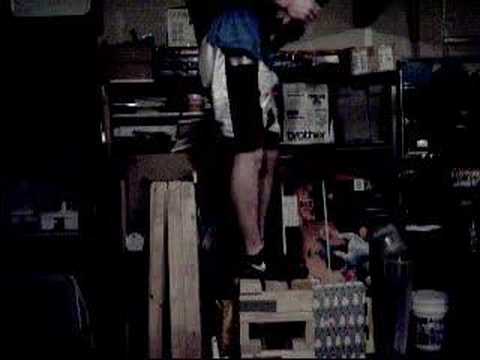I’m sorry for the earlier hotheadedness, but now we’re getting somewhere. While I am not currently a PhD (I’m still a university student), I am very committed to factual evidence and have put in more research time than you’d ever believe. At your request, I provided factual support this morning.
And no, I do not personally know any athletes that can squat 210 lbs on one leg, but I’ve been able to hit 5 reps with 90 lbs in a free standing single leg squat to rock bottom with no prior practice or instruction. My best all time back squat was 335 x 5. It’s not unbelievable that were I to get my squat to 600 lbs I would be able to do 210 lbs for one. In fact, I would guarantee that I could do in excess of it.
The only reason we don’t see things like this happening is because it’s hard to load up 210 lbs for a single leg squat. Getting 600 lbs on your back is easy. Load up a barbell in a squat rack and get underneath it. But given the balance of a single-leg free squat and the awkwardness of loading, getting 210 lbs into position is very difficult. This is why I prefer to stick with movements like lunges, bulgarian split squats, and step ups. The loading is simple and the balance is more solid.
Here’s me screwing around with 70 lbs for REA SL squats. It was the first and only session in which I did this movement, so there was plenty of room for weight improvement from form alone.
Still using me as an example, I have been doing isometric single leg deadlifts (where only one foot is on the ground) and I used 170 lbs last session while holding the bar at mid shin (plates a couple inches off the ground). I’ve never pulled more than 405 in my life, but my legs are significantly stronger now than when I did.
I truly believe that single leg loading is more beneficial for unilateral athletes, but it hasn’t been widely utilized because it requires a little bit of skill and some movements are awkward to load.
Again, I’m sorry for the way in which I reacted earlier. It was childish.
